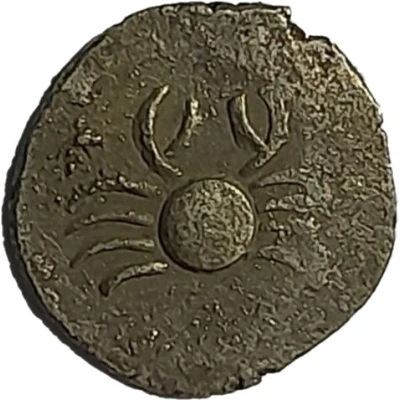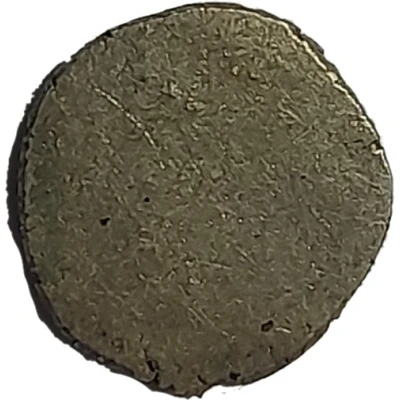


© pimmy (CC BY-NC-SA)
1 Pe ND
| Billon | 0.4 g | 8 mm |
| Issuer | Cambodia |
|---|---|
| Type | Standard circulation coin |
| Years | 1570-1750 |
| Value | 1 Pe (1⁄32) |
| Currency | Tical (1431-1880) |
| Composition | Billon |
| Weight | 0.4 g |
| Diameter | 8 mm |
| Shape | Round (irregular) |
| Technique | Hammered |
| Orientation | Coin alignment ↑↓ |
| Demonetized | Yes |
| Updated | 2024-10-04 |
| Numista | N#358348 |
|---|---|
| Rarity index | 95% |
Reverse
Blank.
Edge
Plain
Comment
These small coins are the rarest of the pre Oudong era (1618-1863) Cambodia due to their size and as a result many were lost. These coins were made of low grade silver billon and are 6-8 mm across. The crab motif found on these coins is first reported in the Spanish trade reports made by the Dominican priest Gabriel Quiroga de S.an Antonio as a second hand account from priest returning to the Spanish controlled Philippines in 1595-1598. The book was published upon his return to Spain in 1604.A British East India Trading Company report by Quarles Browne in 1664 also mentions the one bai denomination with the crab motif, though he gives the coin a slightly higher weight.
The local term for this denomination is a bai, which is 1/8 of a fuang.
The coin varies in size and weight, not exceeding 0.4g and 8mm in diameter.
Source: The Uniface Coinage of Cambodia 16-19th century. By Joe Cribb
Interesting fact
The 1 Pe ND (1570-1750) coin from Cambodia made of Billon weighing 0.4 g is interesting because it is one of the smallest coins ever produced, with a diameter of only 1.3 cm. Despite its small size, it was still used as a circulating coin in Cambodia during the 16th to 18th centuries, indicating the importance of even small denominations in everyday transactions.